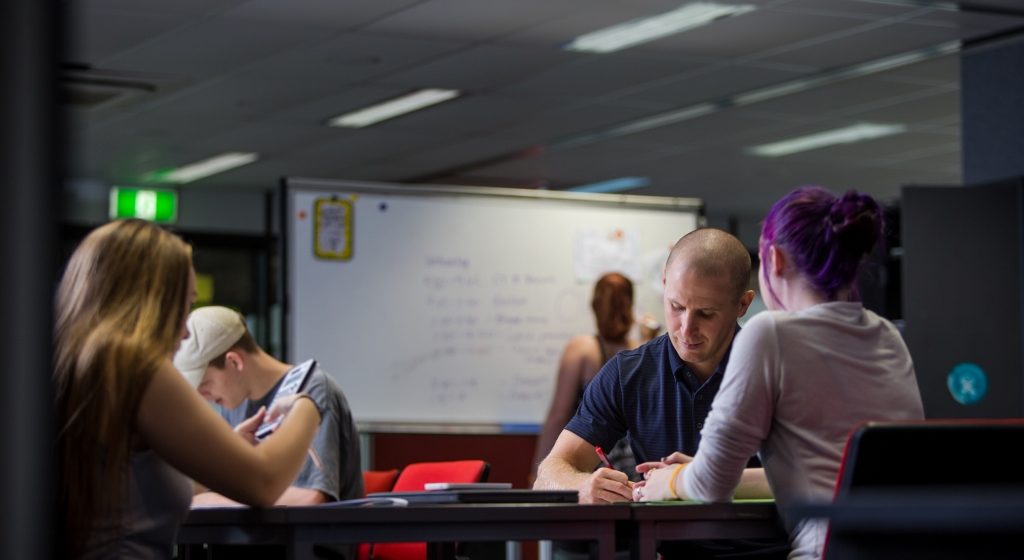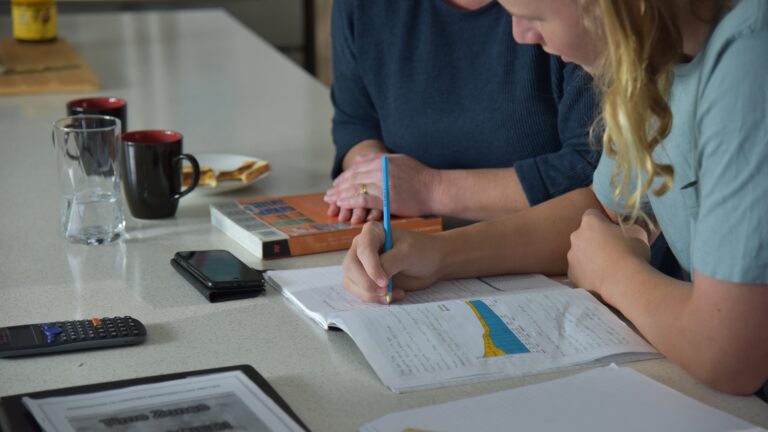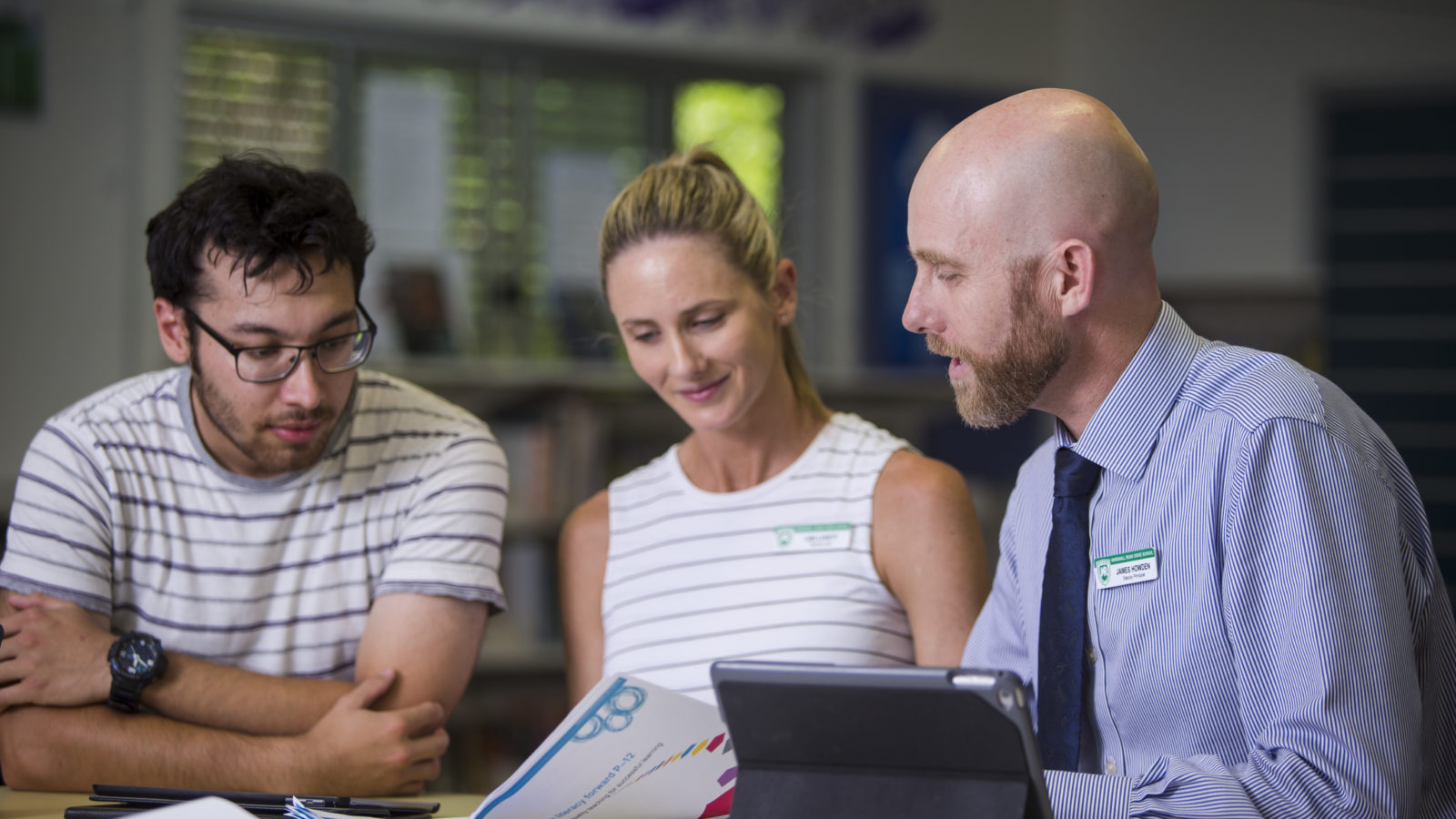Most kids thrive at school and enjoy the structure of a regular routine and studying alongside their friends of the same age. However, some kids struggle to learn and may find some school structures difficult to handle. If after working closely with the teachers and principal at your child’s school things are still not working out, you and the school leadership team might consider a different learning setting for your child. Here’s an overview of what you need to think about before making such a decision.
Understanding alternative learning settings
Our schools work hard to meet the needs of all students and there are many new ways to engage young people in mainstream school settings. However, some young people do not thrive in mainstream schools and/or may learn better in different learning environments tailored to suit their needs, and this may be outside of the usual school environment. It’s important to understand that not all schools can offer a different learning environment and not all young people are eligible to participate in one. It is also important to recognise that there are generally fewer learning options offered in these alternative learning environments, and there are likely to be fewer study, training and work pathways available to your child after leaving an alternative learning setting. Mainstream schooling, on the whole, provides more opportunities for academic and career success so if this is an option available to you and your family, it is worth doing everything you can to make it work.
Working together to find the best fit
If you and your school team are at the point where you are considering moving your child to an alternative learning setting you will all need to work together to choose a setting that will work for your child. Often the Department of Education’s regional team or transition support officers will be involved in the process as you and your child, together with your child’s school, make a careful assessment of your child’s needs including their strengths, aspirations and goals, and the particular challenges they face. Alternative options available to a student can include (noting these are not available in all locations):
- state ‘flexi-schools’, ‘continuing colleges’ and ‘special purpose schools’ providing a vocational pathway (where students learn practical skills for the workplace) which may give your child enough credits to complete their senior school qualification (Queensland Certificate of Education)
- non-state special assistance schools
- schools of distance education
- vocational and employment pathway programs for young people over the age of 15 such as:
-
- Get Set for Work
- Youth Skills
- Ready for Work
- Community Work Skills
- Works Skills Traineeships.
After working closely with you and your child, the school principal will decide whether or not to refer a young person to an alternative setting. A school principal will only do this if they are confident that such a move would be in your child’s best interests. Until your child turns 17, the school principal will also need to approve their participation in training or employment programs.
Considering another school
Sometimes a fresh start can be what a child needs. Becoming part of a new social group or ‘shaking off’ a difficult history can create a new dynamic and give your child the space to focus on a new and positive experience. A different mainstream school might give your child what they need without narrowing their options through an alternative learning setting.
However, before choosing to move schools, it’s important to recognise that the research is clear: every school move causes not only social disruption and anxiety, but has a negative impact on academic achievement. For instance, the NSW Centre for Education Statistics and Evaluation conducted a system-wide study of student mobility in NSW between 2008 and 2014. Its findings were consistent with other research which has found that moving schools can have a negative impact on a student’s outcomes, can lead to lower results in reading and numeracy, and increases the likelihood students will leave school before completing Year 12. The findings also indicated that the more times a student moves schools, the greater the impact, and that moves made during the year are more detrimental than moves made between school years.
That’s why you should only decide to move schools after making a careful assessment of the situation and when it’s clear the benefits are likely to outweigh the potentially negative impacts. If you decide to move your child, the best approach is a carefully managed transition supported by your child’s current and new schools. Talk to the team at your child’s school about their views on changing schools and how they can support your child should you decide to move them.
Talk to the team at your child’s school
Remember: the team at your child’s school wants to work with you to help your child succeed so get in touch with them any time to talk about the best approach for your child.
When to talk to your local regional office
If you’ve worked closely with your child’s school and things still aren’t working out, please contact your local Department of Education regional office to seek help.
Last Updated: 22 June 2022





